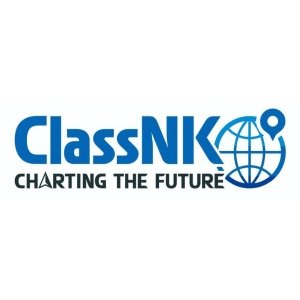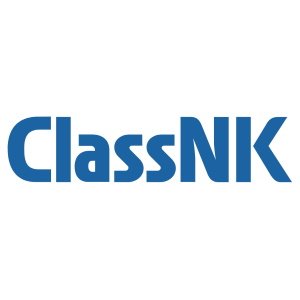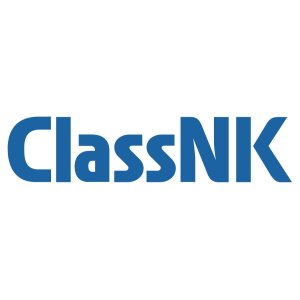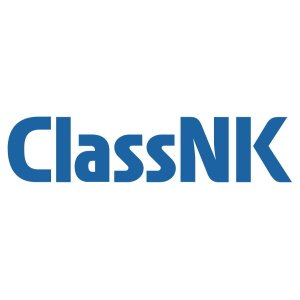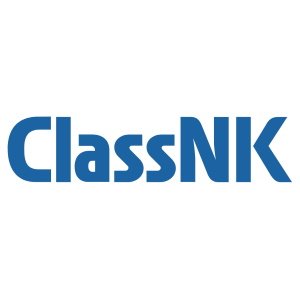ClassNK - Experts & Thought Leaders
Latest ClassNK news & announcements
ClassNK has released guidance to assist in the safe evacuation of crew members from vehicle carriers in the event of a cargo hold fire. Additionally, the world’s first notation, ‘AMEVC(EV),’ has been established to indicate vessels equipped with additional measures to facilitate safe evacuation. Evacuation challenges Vehicle carriers often have accommodation areas and life-saving equipment, such as lifeboats Vehicle carriers often have accommodation areas and life-saving equipment, such as lifeboats and liferafts, positioned above cargo holds, with ventilation ducts for the holds located close to the accommodation spaces. As a result, flames and smoke from a cargo hold fire can affect these critical areas and evacuation routes, posing evacuation challenges and potentially compromising crew safety. Countermeasures for evacuation In collaboration with shipping companies and shipyards, ClassNK has compiled the risks and countermeasures for evacuation from vehicle carriers during fires in the ‘Risk Assessment related to the Safe Escape from a Car Carrier.’ It covers various risks, including thermal effects, and suggests countermeasures such as spraying water on the decks, installing thermal insulation under lifeboats, and adding evacuation equipment to the forward mooring decks. Characteristics of EV fires and fire response In the latest edition, new insights on evacuation have been added, making the policies more wide ClassNK has also set out requirements for granting notations to vessels equipped with additional evacuation measures tailored to each vessel’s layout, and issued the ‘Guidelines for the Safe Transportation of Electric Vehicles (Edition 2.0).’ The first edition focused on the characteristics of EV fires and fire response measures, such as detection and prevention of fire spread, along with notation requirements for vessels implementing these measures. In the latest edition, new insights on evacuation have been added, making the guidelines more comprehensive. Maritime transport of EVs ClassNK is committed to contributing to the safe maritime transport of EVs through the establishment of appropriate standards and certification. ‘Risk Assessment related to the Safe Escape from a Car Carrier’ and ‘Guidelines for the Safe Transportation of Electric Vehicles (Edition 2.0)’ are available on the ClassNK website.
ClassNK has granted its Innovation Endorsement for Products & Solutions to a remote monitoring system for machines, ‘MAREWA-SYSTEM’ developed by KAGOO DOCKYARD Co., Ltd. ClassNK-registered vessels equipped with the product can be given the ‘DSS’ notations (MM, CNS, SM), which indicate ships with advanced digital technology. Deployment of products In order to promote the spread and development of innovative technologies, ClassNK has offered Innovation Endorsement for Products & Solutions. ClassNK supports the deployment of products and services through third-party certification for equipment and software technology with innovative functions. Detailed information is available on the following page of the ClassNK website. Product name: MAREWA-SYSTEM Product description Collecting data from sensors installed in the equipment and store it on the server. Monitoring real-time and historical data obtained under network conditions. Featuring digital engine logbook and language selection.
ClassNK has granted its Innovation Endorsement for Products & Solutions to the ROV training simulator ‘FF Virtual’ developed by FINDi Co., Ltd. In order to promote the spread and development of innovative technologies, ClassNK has offered Innovation Endorsement for Products & Solutions. ClassNK supports the deployment of products and services through third-party certification for equipment and software technology with innovative functions. The detailed information is available on the ClassNK website. Product name: FF Virtual Product description: Remotely Operated Vehicle (ROV) training simulator for professionals who practice underwater infrastructure inspection. Simulates not only basic piloting, but also actual field challenges, such as relying on an acoustic imaging sonar map in turbid water conditions or entanglement of the tether cable. Training is available in several fields, including docked ship hull, water storage facilities, and pipelines.
Insights & Opinions from thought leaders at ClassNK
Aiming to establish minimum requirements for the cyber-resilience of newbuild vessels and their connected systems, IACS unified requirements (URs) E26 and E27 provide a new benchmark for shipping’s response to its growing exposure to cyber-attacks. Officially in force from 1 July 2024 and broadly welcomed by industry, the new URs represent another step forward in strengthening Maritime's resilience to the evolving cyber threat. However, according to a thought-provoking discussion recently hosted by Edwin Lampert, Executive Editor of Riviera in partnership with Inmarsat Maritime (a Viasat company), shipping companies must still conduct comprehensive risk assessments and implement appropriate mitigation measures. Vessel’s cyber security They ensure all stakeholders are responsible for the vessel’s cyber security Kostas Grivas, Information Security Officer, Angelicoussis Group told the ‘IACS URs E26 & E27: Bridging the gap between regulation and implementation’ session that the URs bring “obvious benefits” such as eliminating “scattered requirements”. They provide “common and crystal-clear ground for auditing and control purposes”, and establish “a solid description of the minimum technical, procedural, and other criteria that govern a vessel’s cyber resilience,” he said. Finally, they ensure “all stakeholders are responsible for the vessel’s cyber security”. Makiko Tani, Deputy Manager, Cyber Security at classification society ClassNK, also acknowledged that the new requirements will “contribute to the visibility of ever-digitalising shipboard networks and their assets”, however, as there is no one-size-fits all cybersecurity solution to all, she continued, “additional controls beyond those specified in the requirements may be necessary, depending on the vessel’s connectivity”. Digital transformation strategy To properly address the cyber risks that a specific vessel is exposed to, she said, “shipowners must conduct a thorough cyber-risk assessment. This relies on a ‘C-level commitment’ to establishing a cyber-security programme that facilitates compliance with URs E26 and E27 and any other future industry requirements while supporting the organisation’s digital transformation strategy”. The importance of looking beyond the IACS URs was also emphasised by Laurie Eve, Chief of Staff, Inmarsat Maritime, who proposed three key areas where companies should “focus and invest not only to meet new requirements but also to go beyond compliance and build good cyber resilience”. Quality management system and standards The firm should focus on training and grasping, managing user rights, investing in a regime system “The first key area, ‘people and culture’, addresses the notion that people are the weakest link in cyber security. According to a 2023 report from the United States Coast Guard as well as findings from Inmarsat’s security operations centres, phishing is the most common initial access vector in cyber-attacks. Investing in people, therefore, should be an absolute no brainer”, commented Eve. Specifically, he continued, a company should focus on training and awareness, managing user privileges, investing in a quality management system and standards such as ISO 27001, assessing suppliers’ risk-management practices, and embedding cyber-security in the organisation’s continuous improvement culture. Risk-management approach The third and final key area according to Eve is an ‘incident response plan’ (IRP). The second key area is ‘network-connected systems and services’. Given the number of attack surfaces on board a vessel and the ever-growing volumes of data moving between systems, many companies lack the time and resources to address all possible weaknesses. The solution, Eve said, is a risk-management approach in which the organisation assesses the risks, sets its risk appetite, and implements security measures according to the costs it is willing and able to bear. The third and final key area according to Eve is an ‘incident response plan’ (IRP). It’s prudent to assume that at some point there will be failures and a breach, an IRP comprises a robust set of contingencies to keep the cost of business disruption to a minimum. It requires investment in backup and data systems as well as regular staff training. “Having a plan is good; training, rehearsing, and improving the plan is better,” explained Eve. Cyber-security requirements While these recommendations apply to all ship owners, Eve acknowledged that there are differences from small to large operators in terms of the budget and internal capability invested in cyber resilience. “Inmarsat’s Fleet Secure offers a ‘one-stop shop’ for cyber-security requirements which makes it a particularly good fit for “smaller operators without the in-house capability to put together their own solutions”, he said. Inmarsat’s Fleet Secure offers a ‘one-stop shop’ for cyber-security requirements Combining three powerful components – Fleet Secure Endpoint, Fleet Secure Unified Threat Management, and Fleet Secure Cyber Awareness Training – the Fleet Secure portfolio provides the tools and facilitates a risk-management approach, supporting “compliance with the new requirements” and, more broadly, “increasing cyber resilience”, Eve added.











